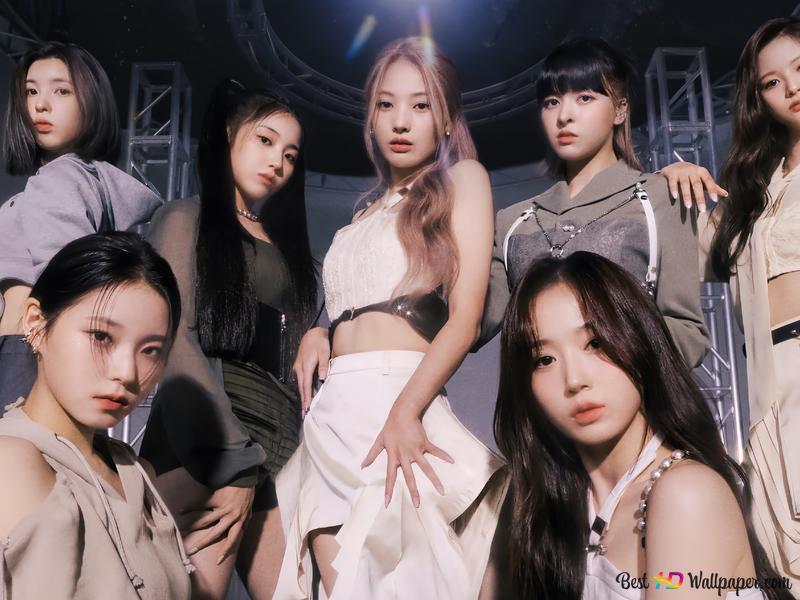How K-Pop Is Taking Over Western Music Festivals


El Valle Grita – How K-Pop is taking over Western music festivals has become a striking trend in global entertainment. As Korean pop groups achieve worldwide fame, they also headline more festivals once dominated by rock and EDM. Therefore, K-Pop brings fresh energy, diverse audiences, and unforgettable performances to iconic stages. As a result, festivals now actively seek K-Pop acts to attract younger, more international crowds.
“Read More: Samsung X8F Mini LED Smart TV Launched, Specifications Equipped with AI DeepSeek”
Drawing Massive Global Fanbases to Festivals
K-Pop groups draw massive fanbases that travel from all over the world. For example, fans often camp out overnight or line up for hours just to see their idols perform live. Furthermore, these dedicated audiences help sell out tickets faster than ever. As a result, festival organizers benefit financially while enjoying an expanded global reach.
Bringing Unique Choreography and Visuals to Stages
K-Pop artists are known for their intricate choreography and stunning visuals. For instance, performances include synchronized dances, costume changes, and vibrant stage designs. In addition, live shows often feature cinematic screens, pyrotechnics, and lighting that rivals arena concerts. Therefore, K-Pop sets stand out in festivals crowded with similar rock or DJ acts.
Appealing to Younger and More Diverse Demographics
One reason festivals book K-Pop is because it appeals to a younger, more diverse demographic. For example, teens and young adults who follow Korean culture now attend festivals they previously ignored. Furthermore, these audiences are active on social media, boosting online visibility for the event. Consequently, festivals gain a modern and inclusive reputation.
Increasing Social Media Engagement Dramatically
K-Pop fans dominate social media, and their engagement benefits festival brands. For instance, hashtags trend globally within minutes of a K-Pop act stepping on stage. In addition, fan cams and clips generate millions of views on TikTok, Instagram, and YouTube. As a result, festivals enjoy free promotion and extended exposure beyond the event itself.
Blending Cultures Through Collaborative Performances
Many festivals use K-Pop acts to showcase cultural exchange and collaboration. For example, Korean artists sometimes invite Western performers to join them on stage. Furthermore, mashups of Eastern and Western styles create fresh experiences for audiences. Therefore, festivals foster a sense of unity and creativity that transcends borders.
Elevating Production Standards Across the Board
Because K-Pop groups bring high production value, they raise expectations for all acts. For instance, other artists are inspired to improve their stage presence and visuals. In addition, festival organizers invest more in lighting, sound, and stage setups to match K-Pop’s quality. Consequently, audiences enjoy a better overall experience.
Creating New Sponsorship and Branding Opportunities
K-Pop’s commercial appeal also opens new doors for sponsorships and partnerships. For example, beauty brands, tech companies, and lifestyle products align themselves with festivals featuring K-Pop. Furthermore, exclusive merchandise collaborations add another revenue stream. As a result, both festivals and sponsors profit from this growing trend.
Inspiring Fans to Travel Internationally for Shows
Dedicated fans often travel internationally to see their favorite K-Pop artists at Western festivals. For instance, fans from Asia, Europe, and South America flock to Coachella, Lollapalooza, and Glastonbury when K-Pop is on the bill. In addition, this influx of tourism benefits local economies significantly. Therefore, cities hosting festivals also welcome the phenomenon.
Shifting Perceptions of Pop Music Genres
K-Pop’s festival presence helps shift outdated perceptions about pop music. For example, critics and audiences alike recognize its artistic depth, innovation, and performance skills. Furthermore, festivals that once excluded pop now embrace it as a legitimate and exciting genre. Consequently, pop music gains respect and visibility in spaces it previously lacked.
Setting the Stage for Even Bigger Global Growth
Finally, K-Pop’s success at Western festivals sets the stage for even greater global expansion. For instance, more artists will likely headline or even co-curate future festivals. In addition, other non-Western genres may follow K-Pop’s path into global recognition. As a result, music festivals become more culturally rich and diverse every year.